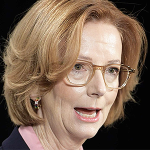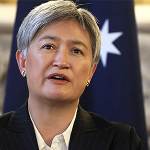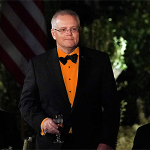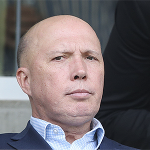The decision to call a snap election last Wednesday caught many in Tory and Labour high command by surprise. Both parties are now racing to finalise candidate selections for all 630 seats in Britain by the deadline of Friday 7 June, with Labour much further advanced in this process than the Conservatives. Fewer than 35 constituencies currently lack a Labour candidate, and some in Keir Starmer’s team are keen to highlight the contrast in readiness between the two parties. The Tories now have 12 days to fill 160 vacancies – the equivalent of picking one candidate every 100 minutes.
Within CCHQ, however, there is confidence that this target can be met, in spite of the onerous demands of the national campaign. The bulk of the outstanding 160 seats in England and Wales –the Scottish process is separate – are those deemed ‘unwinnable’ in unfavourable territories such as inner London and Bristol. Such seats typically have smaller associations that tend to attract fewer candidates. They are normally fought by younger councillor types on a ‘development’ pass – one of the three types of pass available to candidates, along with ‘key’ candidates who typically fight marginals and ‘comprehensive’ passes for those in safe seats. Historically, the Tories have been able to choose candidates in development seats at speed and in past elections have done this in up to 25 to 30 seats a day. The majority of these should therefore be completed by the end of this week.
Most of the aforementioned 160 constituencies would be uncompetitive even if the polls were not showing a 15-point Labour lead. But there is a minority of around 20 attractive seats where the incumbent MP announced they were standing down in the past fortnight. These include the likes of Jo Churchill’s Bury St Edmunds, Andrea Leadsom’s South Northamptonshire, Huw Merriman’s Bexhill and Battle and Michael Gove’s Surrey Heath. Prior to Wednesday’s announcement, both Nadhim Zahawi and Chris Heaton-Harris also created respective vacancies in Stratford-upon-Avon and Daventry. In these seats, there will be a more competitive process for candidates, given the high likelihood that they will return a Tory MP come 4 July.
A three-person shortlist will be drawn up for these constituencies, in conjunction with the local association chairman. Critics within groups such as the Conservative Democratic Organisation assert that this in when favoured candidates are ‘parachuted’ into plum seats, with Tory branches being presented with three names as a fait accompli. Yet one senior party source insists that it it is ‘more of a deliberative process than its critics give credit’ with local chairmen consulted beforehand on the shortlisted names. ‘It’s not in our interest to antagonise the members,’ they add. Once the three-person shortlist is accepted, the candidates are then voted on at hurriedly-organised special general meetings. These can be arranged at very short notice and are expected to take place throughout this week.
The next seven days will therefore play an important role in shaping the future direction of the Tory party, given the record number of MPs standing down. Despite CCHQ’s assurances, many candidates suspect that they will be cut out of this debate. ‘I do wonder how rigorous the vetting has been for those who are being lined up to inherit some plum seats,’ says one. ‘Can we really afford another half century of [Anna] Soubrys’?’ Another says that there is a ‘fear that longstanding campaigners and people who really know the party will be pushed aside by government drop ins.’ Given the already demoralised mood among many activists, Tory organisers will have to take care over the next 12 days to not antagonise their members even further as they navigate the pitfalls of candidate selection.







